Breast Augmentation Utah
Lasting results with minimal downtime and small incisions.
The Most Popular Breast Augmentation in Utah
A Breast Augmentation procedure is a surgical option for patients wanting to add volume and improve the overall shape of the breast. Dr. Vincent’s detailed approach to breast augmentation surgery addresses size, shape and ideal nipple position for each individual body type. He takes time to understand the goals and expectations of each patient. Not every patient is a candidate for breast implants alone. Sagging skin, low nipple position and other factors may require a breast lift (Mastopexy) procedure to achieve desired results. We recommend breast augmentation surgery to men and women who are in good health, do not use nicotine products (including smoking, vaping and other forms), have realistic expectations and do not have any other medical conditions that may complicate surgery or recovery. Surgeries are performed onsite in our AAAHC accredited surgical facility. Surgery price quotes include all surgical fees including anesthesia.
Breast Augmentation Before and After Photos
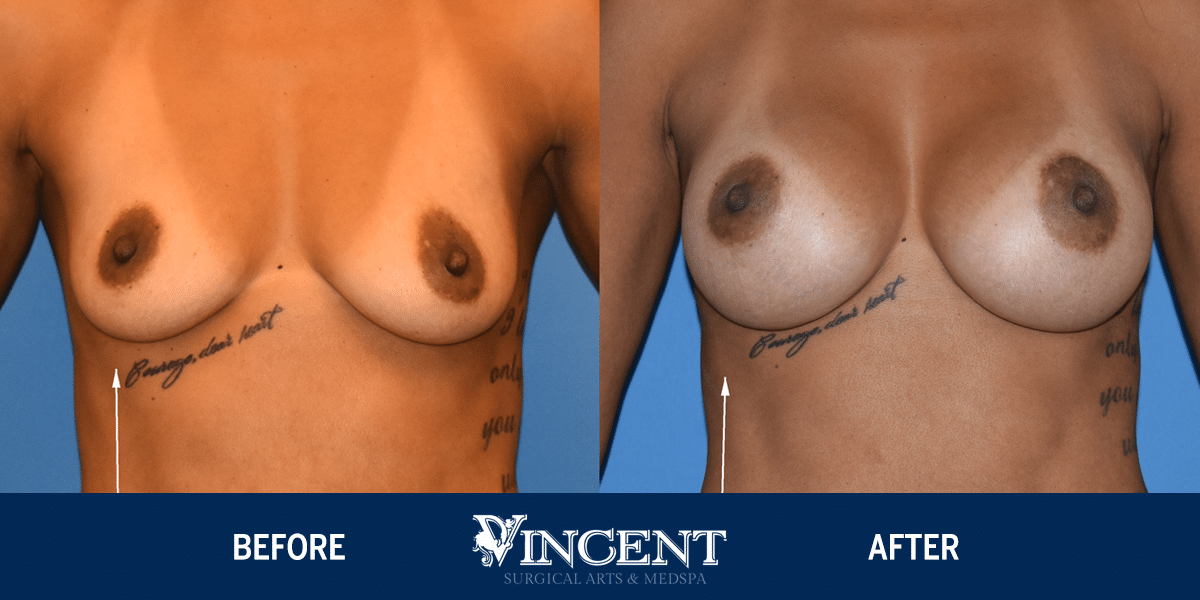
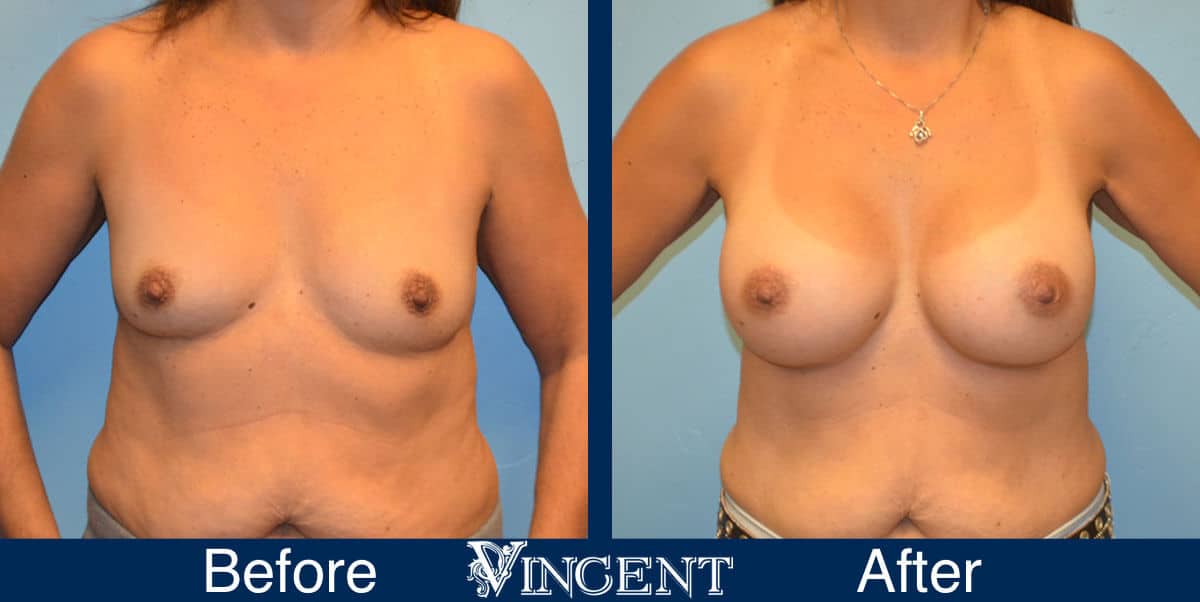
Table of Contents
- What Brand of Breast Implants Does Vincent Surgical Arts Use?
- Breast Augmentation Reviews
- Why Choose Vincent Surgical Arts?
- Am I a Good Candidate for Breast Augmentation?
- What Risks Are Associated With Breast Augmentation Surgery?
- Is Nipple Sensitivity Affected By Breast Augmentation?
- Are Breast Augmentation Scars Visible?
- How Is the Breast Augmentation Procedure Done?
- What Is the Recovery Process Like?
- How Much Does Breast Augmentation Cost?
- Where Can I Get More Information on Breast Augmentation Complications?
- Is It Possible to Breastfeed After Breast Augmentation Surgery?
- Should I Get Saline or Silicone Implants?
- What Should I Expect After the Breast Augmentation Surgery?
There are some things a breast augmentation won’t solve alone.
- Very droopy breasts (ptotoc breasts). If your breasts are dropping an inch or more, you may need a breast lift in addition to or instead of this procedure.
- Nipple position – if there is a very large difference in the position of your nipples, additional procedures or techniques may be required to address this.
- Inverted nipples – breast augmentation is not used to treat this.
- Large areolas – breast augmentation is not used to treat this.
Trust and Quality Second to None
We use only the highest quality materials at Vincent Surgical Arts
Visit https://www.breastimplantsbymentor.com/home to learn more about their products.
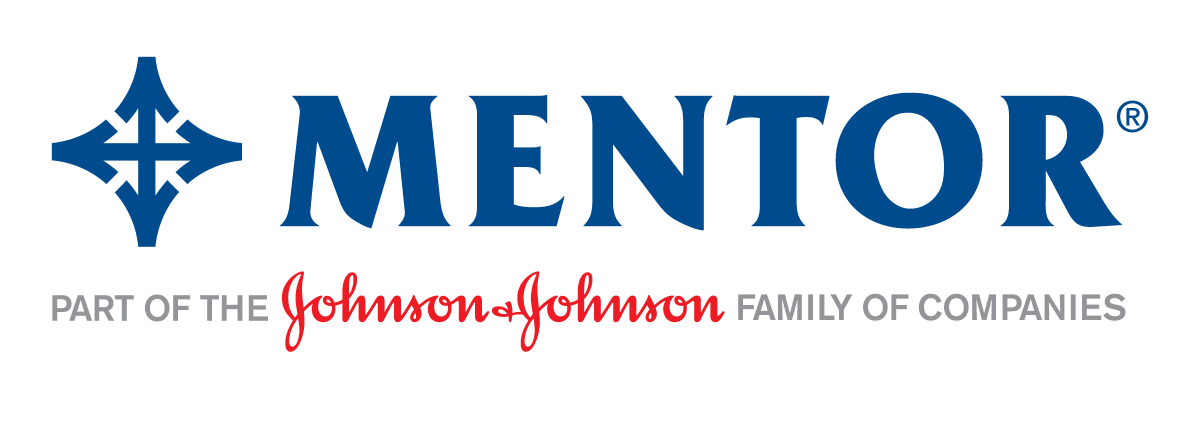
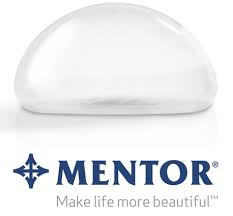
Breast Augmentation Reviews


Kayci V.
Dr.Vincent changed my life 2 weeks ago. I had breast augmentation surgery and he did an incredible job and and I was back to work in 3 days. I was only out for 3 days and had minimal pain and almost no bruising. I would recommend him to every one.I couldn’t be any happier with my results. Their staff are so sweet and knowledgeable and answered all my questions before and after my surgery. I love this place and I’m so happy I came here to get my breast done. Dr Vincent for ever changed my life and in so glad I decided the finally do this.


Jessica S.
I had a breast augmentation in April and I am three months post opp. The staff have been wonderful since day one. Dr. Vincent made sure I was comfortable and answered all my questions in a very professional manner. I couldn’t be more satisfied with my results! Dr. Vincent gave me exactly the look I was wanting. I would highly recommend VSA to anyone looking for augmentation.
Why Choose Vincent Surgical Arts?
Fast Recovery
Advanced techniques result in less down time
Lasting Results
Enjoy your new beauty for years to come
Financing Available
Our partners have flexible plans with as low as 0% APR
Small Incision
Only half the size of the standard facelift
Less Scarring
Thanks to talented surgeons with decades of experience
Breast Augmentation
Frequently Asked Questions
Am I a Good Candidate for Breast Augmentation?
If you’re not confident about your appearance and have been feeling this way for a while, then this surgery is probably right for you. The fact that you’ve read this far is also another good sign that you’re ready, we strongly encourage patients to be informed and we are always available to answer any questions. Schedule an appointment with a cosmetic surgeon to have all your questions thoroughly answered.
What Risks Are Associated With Breast Augmentation Surgery?
The most common problem, capsular contracture, occurs if the scar or capsule around the implant begins to tighten. This squeezing of the soft implant can cause the breast to feel hard. Capsular contracture can be treated in several ways, and sometimes requires either removal or “scoring” of the scar tissue, or perhaps removal or replacement of the implant.
As with any surgical procedure, excessive bleeding following the operation may cause some swelling and pain. If excessive bleeding continues, another operation may be needed to control the bleeding and remove the accumulated blood.
A small percentage of women develop an infection around an implant. This may occur at any time but is most often seen within a week after surgery. In some cases, the implant may need to be removed for several months until the infection clears. A new implant can then be inserted.
These surgical procedures will be performed on an out-patient basis, in the hospital, or in an ambulatory surgery center under general anesthesia or IV sedation.
Is Nipple Sensitivity Affected By Breast Augmentation?
Some women report that their nipples become oversensitive, undersensitive, or even numb. You may also notice small patches of numbness near your incisions. These symptoms usually disappear with time, but may be permanent in some patients.
Are Breast Augmentation Scars Visible?
Following breast augmentation surgery, your scars will be firm and pink for at least six weeks. Then they may remain the same size for several months, or even appear to widen. After several months, your scars will begin to fade, although they will never disappear completely.
How Is the Breast Augmentation Procedure Done?
Breast augmentation is usually done under general anesthesia on an out-patient basis at a surgery center or a hospital. Several different methods are used for placement of the implants. An incision can be made in the crease of the lower part of the breast, along the lower half of the dark skin around the nipple or in the armpit, or through the belly button known as a TUBA (transumbilical breast augmentation). All of these methods are designed to result in minimal scarring so that the incisions are not easily detected. Working through the incision, your surgeon will lift your breast tissue and skin to create a pocket, either directly behind the breast tissue or underneath your chest wall muscle (the pectoral muscle). The implants are then centered beneath your nipples. The implants are then adjusted to ideal size and symmetry before the incision is sutured closed. The method of inserting and positioning your implant will depend on your anatomy and your surgeon’s recommendation. Placement behind the muscle, however, may be more painful for a few days after surgery than placement directly under the breast tissue. The surgery takes approximately one hour to perform.
What Is the Recovery Process Like?
You should be able to return to work within a few days, depending on the level of activity required for your job.
We will advise you when to begin exercises and normal activities. Your breasts will probably be sensitive to direct stimulation for two to three weeks, so you should avoid much physical contact. After that, breast contact is fine once your breasts are no longer sore, usually three to four weeks after surgery.
Routine mammograms should be continued after breast augmentation for women who are in the appropriate age group, although the mammographic technician should use a special technique to assure that you get a reliable reading, as discussed earlier.
How Much Does Breast Augmentation Cost?
The cost of breast augmentation is going to vary by patient. Please schedule a breast augmentation consultation so that we may answer this and any other question you may have. If financing is something that you would like to consider. We have developed relationships with Key Bank, Zions Bank, and Care Credit to help you realize your breast augmentation goals in an affordable and flexible way that best serves you.
Where Can I Get More Information on Breast Augmentation Complications?
Complications (as with any other surgical procedure) can happen in breast augmentation surgery. We recommend you read the specific complications outlined in the Food and Drug Administration pamphlet. To obtain this pamphlet, contact the FDA Consumer Information Line at 1.888.INFO.FDA (1 888.463.6332.) The Food and Drug Administration Web site can be found at www.fda.gov. A copy of this form will also be provided during your consultation.
More information on the safety of silicone breast implants can be found at www.nap.edu/catalog/9618.html
Is It Possible To Breastfeed After Breast Augmentation Surgery?
There is no evidence that breast implants will affect fertility, pregnancy, or your ability to nurse. If, however, you have nursed a baby within the year before augmentation, you may produce milk for a few days after surgery. This may cause some discomfort, but can be treated with medication prescribed by your surgeon.
Should I Get Saline or Silicone Implants?
A common question from breast augmentation patients and the answer is going to vary by patient. Saline implants are placed with slightly smaller incisions, filled with salt-water, a more natural substance, and allow the surgeon size adjustability. Some of their disadvantages are that they have a higher chance or rippling, and feel less natural.
Silicone implants look and feel more natural, and there’s less chance of rippling or rupturing. Some of their disadvantages are that they are pre-filled, giving surgeons fewer sizing adjustments, and they have a slightly longer scar.
Schedule a breast augmentation consultation to help you decide which is right for you.
What Should I Expect After the Breast Augmentation Surgery?
A surgical dressing is usually placed to protect the incisions. Some swelling, bruising and minor discomfort may be experienced for several days after the surgery. Discomfort can be easily controlled with pain medication.
Within several days, the gauze dressings, if you have them, will be removed, and you may be given a surgical bra. Your stitches will come out in a week to ten days, but the swelling in your breasts may take three to five weeks to disappear. You may also experience a burning sensation in your nipples for about two weeks, but this will subside as bruising fades.
Contact Us Today
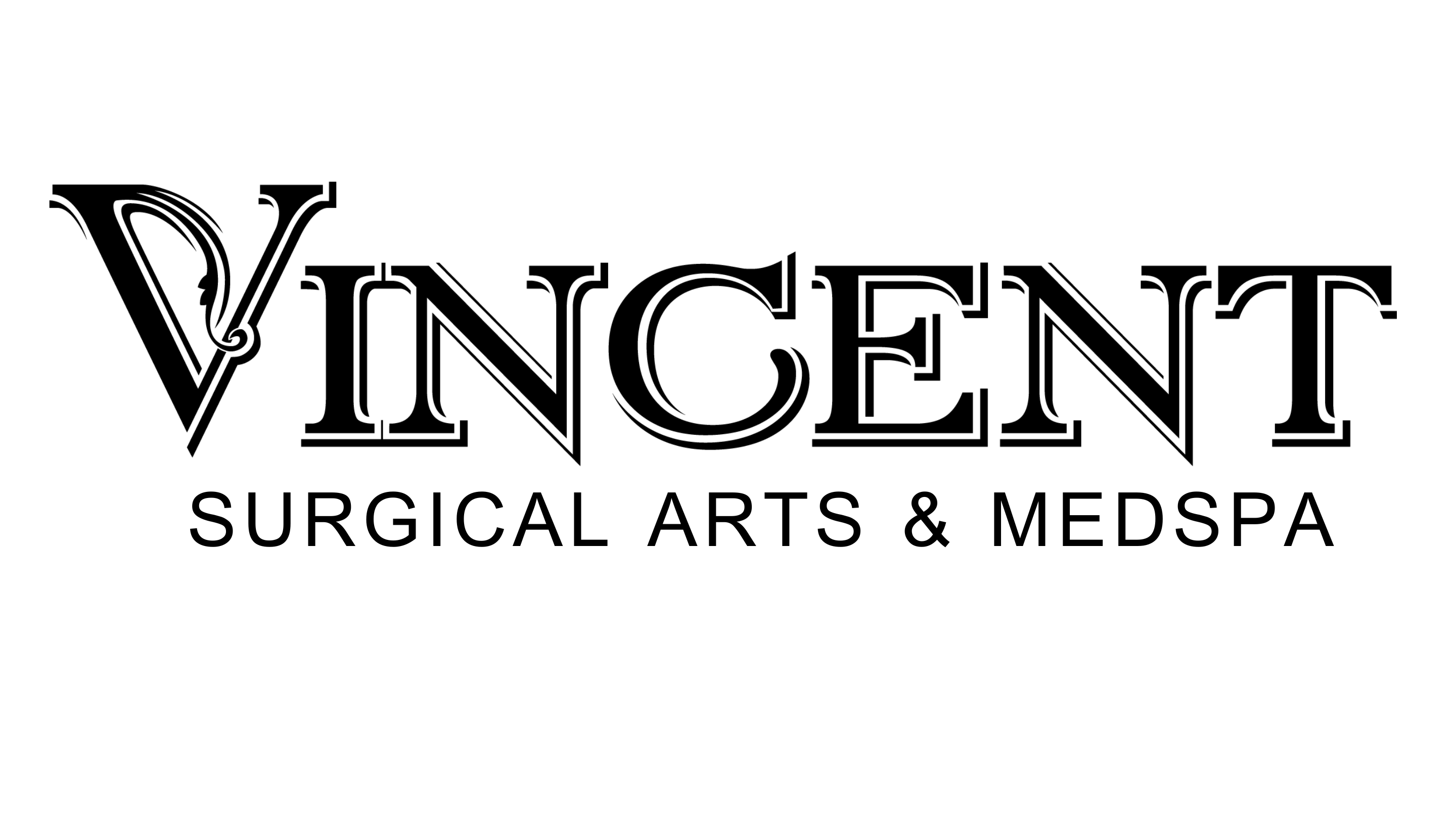
6710 Blackstone Rd #201, Cottonwood Heights, UT 84121
